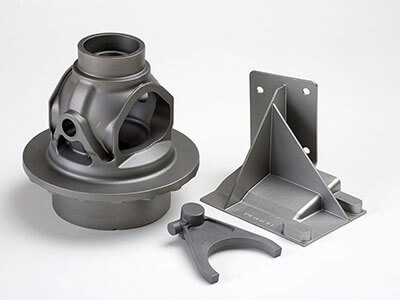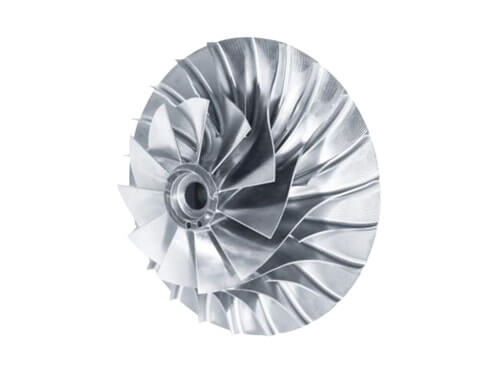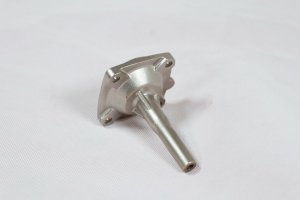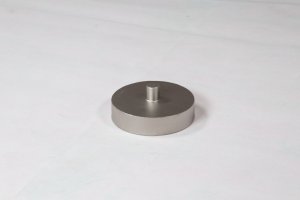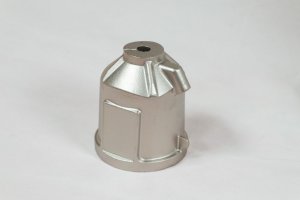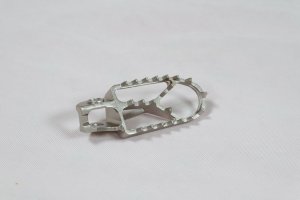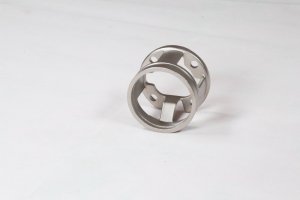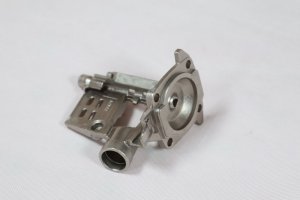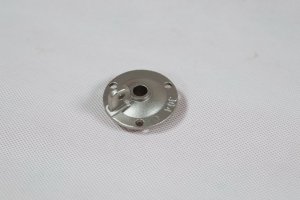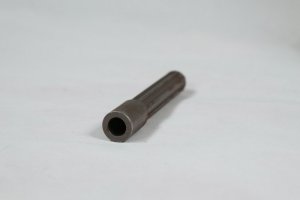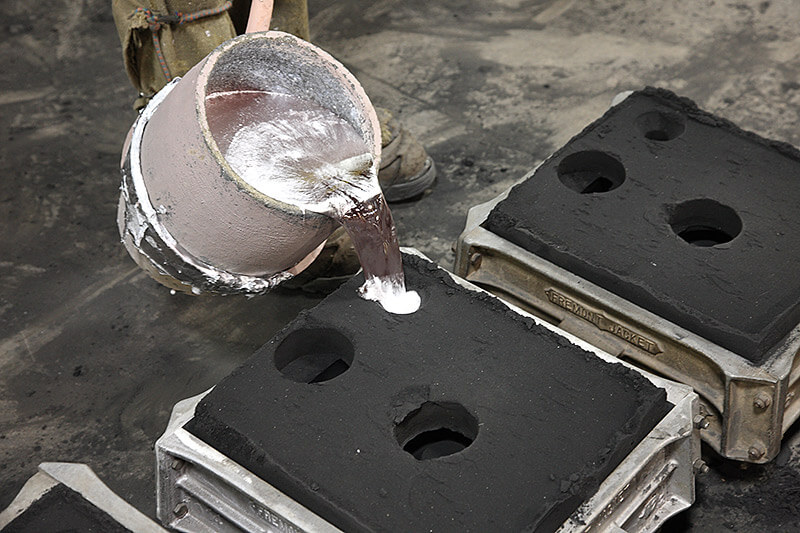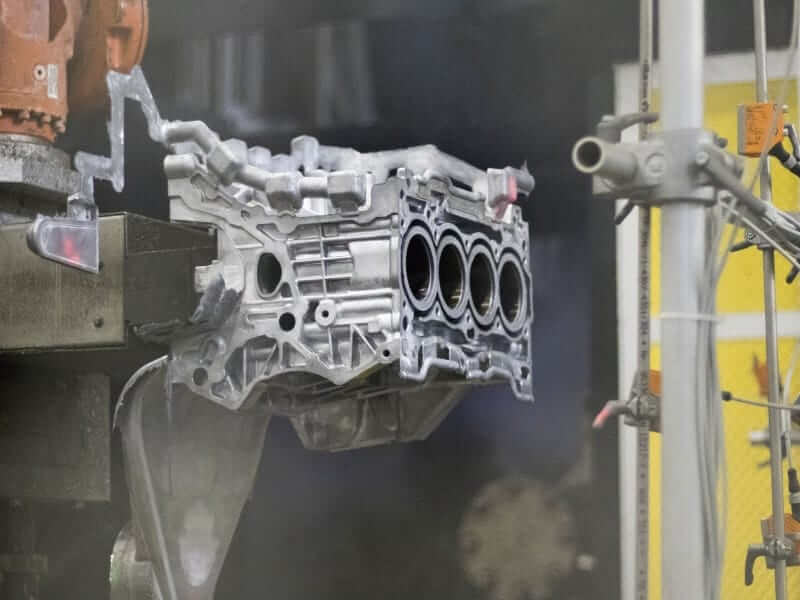The automotive industry is a highly competitive field, with companies striving to deliver high-quality vehicles at affordable prices. One key factor in achieving this goal is supply chain efficiency, which can be improved by using custom auto parts casting factories. In this article, we will explore the role of custom auto parts casting factories in the supply chain and the benefits they offer.
The Role of Custom Auto Parts Casting Factories
Custom auto parts casting factories like SIPX produce auto parts by pouring molten metal into molds to create complex shapes. This process allows for the production of high-quality, custom parts with consistent dimensions and a superior surface finish. The casting process is ideal for producing complex auto parts that cannot be manufactured using other methods.
Custom casting is a versatile process that can be used to produce a wide variety of auto parts, including engine blocks, transmission cases, and brake calipers. By using custom casting, automotive manufacturers can produce parts that are lighter, stronger, and more cost-effective than those produced by other manufacturing processes.
Popular Casting Method for Auto Parts
The most commonly used casting methods to produce these auto parts are sand casting investment casting and die casting process.
Sand Casting
Sand casting is a versatile and cost-effective casting method that can produce a wide variety of shapes and sizes. It is a traditional casting process that has been used for centuries and is still widely used in the automotive industry today.
The sand-casting process involves the following steps:
- Pattern creation: A pattern of the desired part is created using wood, plastic, or metal.
- Sand mold creation: The pattern is placed in a box of sand, and sand is packed around the pattern to create a mold.
- Pattern removal: The pattern is removed from the mold, leaving a cavity in the sand.
- Molten metal pouring: Molten metal is poured into the mold and allowed to cool and solidify.
- Mold removal: Once the metal has cooled, the sand mold is broken apart to reveal the finished part.
Sand casting is well-suited for producing auto parts such as:
- Engine components, including engine blocks, cylinder heads, and intake manifolds
- Transmission components, including transmission cases and shift forks
- Brake components, including brake drums and brake rotors
- Suspension components, including steering knuckles and differential carriers
- Exhaust system components, including exhaust manifolds and downpipes
- Wheels and other exterior components, including fenders and hoods
- Marine and off-road components, including boat propellers and mining equipment parts.
While sand casting does not offer the same level of precision and surface finish as investment casting or die casting, the sand mold can support the weight of the molten metal, which makes it possible to produce parts that are too large or heavy for other casting methods.
Investment Casting
In addition to sand casting, the investment casting method is another widely used process for producing auto parts. Investment casting, also known as lost wax casting, is a precise and versatile casting method that can create intricate parts with excellent surface finishes.
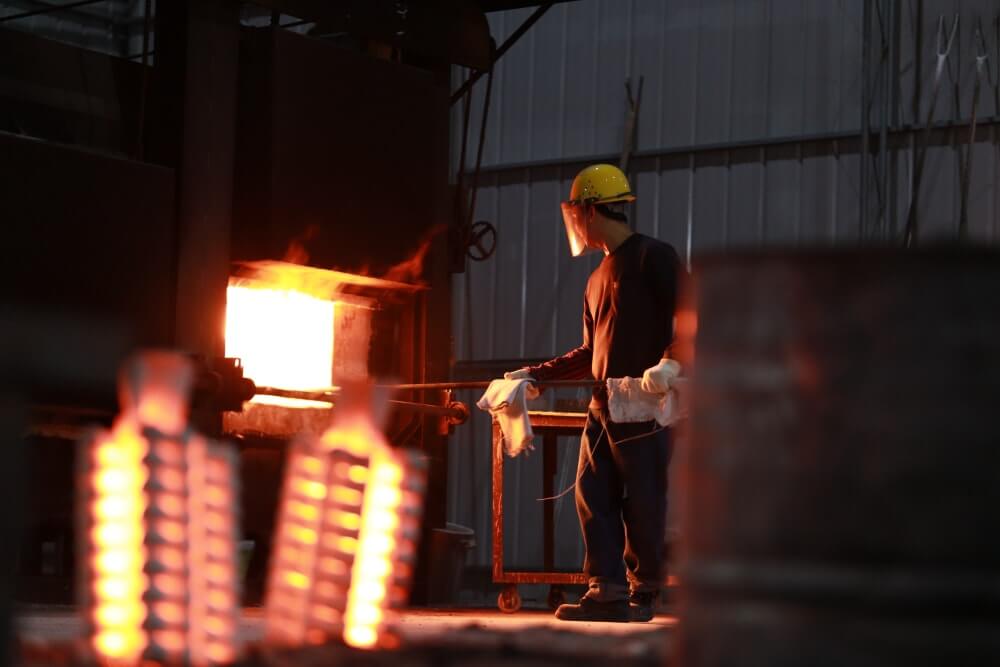
The investment-casting process involves the following steps:
- Creating a wax pattern: A wax pattern is created using a metal mold or a 3D printer.
- Assembling the wax patterns: Multiple wax patterns are assembled to create a tree-like structure called a “sprue.”
- Creating a ceramic shell: The sprue is dipped into a ceramic slurry and then coated with fine sand or ceramic material. This is repeated several times to create a strong, heat-resistant shell.
- Burning out the wax: The shell is heated to remove the wax, leaving a hollow cavity in the shape of the wax pattern.
- Pouring the metal: Molten metal is poured into the ceramic shell and allowed to solidify.
- Removing the shell: The ceramic shell is broken off, revealing the solidified metal casting.
- Finishing: The casting is cut off from the sprue and any excess metal or rough edges are removed using grinding, sanding, or other finishing techniques.
Investment casting is commonly used for producing auto parts such as:
- Turbocharger components, including turbine blades, housings, and compressor wheels
- Fuel injection components, including fuel rails, injectors, and nozzle holders
- Exhaust system components, including manifolds, headers, and flanges
- Suspension components, including control arms, knuckles, and ball joints
- Brake components, including calipers and rotors
- Electrical components, including connectors and sensors
- Interior components, including seat frames and door handles
The process can produce parts with consistent wall thickness and a smooth surface finish, which can improve the performance and durability of the part. Additionally, investment casting can produce parts with thin walls, which can reduce weight and improve fuel efficiency. The tooling costs for investment casting are lower than those for other precision casting methods, such as die casting. This makes investment casting an ideal choice for auto parts that require high precision but do not require the high volumes that would make die casting a more cost-effective choice.
Die Casting
Die casting is a high-precision method for producing auto parts with a smooth surface finish and tight tolerances. It is a highly automated and efficient process that is widely used in the automotive industry.
The die-casting process involves the following steps:
- Creating the Mold: A two-part steel mold, also known as a die, is created based on the specifications of the part to be produced. The mold is designed with a cavity that is the exact shape of the finished part.
- Preparing the Die: The die is heated to a specific temperature to ensure that the molten metal will flow properly and fill the cavity without solidifying too quickly.
- Injecting the Molten Metal: Molten metal, typically an aluminum or zinc alloy, is injected into the cavity of the die under high pressure using a hydraulic press. The pressure is maintained until the metal solidifies.
- Ejecting the Part: Once the metal has cooled and solidified, the die is opened and the part is ejected from the cavity.
- Trimming and Finishing: The part is removed from any excess material or flash and undergoes any necessary finishing processes, such as machining or polishing, to achieve the desired surface finish and dimensions.
Die casting is commonly used for producing auto parts such as:
- Engine components, such as pistons, cylinder heads, and engine blocks
- Transmission components, such as gears and housings
- Suspension components, such as steering knuckles and control arms
- Braking components, such as brake calipers and rotors
- Electrical components, such as connectors and housings for electronic control modules
- Exterior components, such as wheels, grilles, and door handles
- Interior components, such as seat frames and door panels
Die casting is particularly well-suited for manufacturing small to medium-sized parts that require a high degree of accuracy, consistency, and surface finish. These parts can be intricate and complex, which may make them difficult and time-consuming to produce using other casting methods.
Material Selection Advice
The selection of metal materials depends on the specific application and performance requirements of the part. Each casting method offers a range of options, making it possible to tailor the process to meet the specific needs of the project.
Sand Casting Material
- Aluminum Alloys: The most common metal used in sand casting, aluminum alloys offer good corrosion resistance and high strength-to-weight ratios.
- Bronze Alloys: Often used for producing marine and off-road parts, bronze alloys offer good wear resistance and high tensile strength.
- Cast Iron: Known for its durability and resistance to wear and deformation, cast iron is often used for producing engine blocks and other heavy-duty parts.
- Steel Alloys: Steel alloys offer good strength and wear resistance, and are often used for producing suspension and steering components.
Investment Casting Material
- Stainless Steel: The most common metal used in investment casting, stainless steel offers excellent corrosion resistance and strength.
- Titanium: Known for its lightweight and high strength-to-weight ratio, titanium is often used for producing aircraft and aerospace components.
- Cobalt Alloys: Cobalt alloys offer good wear resistance and high-temperature strength, and are often used for producing medical implants and aircraft parts.
- Nickel Alloys: Known for their resistance to corrosion and high-temperature strength, nickel alloys are often used for producing turbine blades and other high-performance parts.
Die Casting Material
- Aluminum Alloys: The most common metal used in die casting, aluminum alloys offer good strength and low weight, making them ideal for producing engine and transmission components.
- Zinc Alloys: Known for their excellent casting properties, zinc alloys are often used for producing small and intricate parts, such as electronic and automotive hardware.
- Magnesium Alloys: Lightweight and strong, magnesium alloys are often used for producing automotive wheels and other structural components.
- Copper Alloys: Copper alloys offer good conductivity and are often used for producing electrical components, such as connectors and housings.
Conclusion
In conclusion, the automotive industry is a highly competitive field that requires high-quality vehicles at affordable prices. Supply chain efficiency plays a crucial role in achieving this goal, which can be improved by using custom auto parts casting factories. These factories produce auto parts by pouring or injecting molten metal into molds, creating complex shapes and allowing the production of high-quality, custom parts with consistent dimensions and a superior surface finish. The most commonly used casting methods for producing auto parts are sand casting, investment casting, and die casting. Each method offers a range of options for material selection, making it possible to tailor the process to meet the specific needs of the project. By using custom casting, automotive manufacturers can produce parts that are lighter, stronger, and more cost-effective than those produced by other manufacturing processes. Therefore, custom auto parts casting factories are essential in the automotive industry, helping companies to achieve their goals and deliver high-quality vehicles to customers.
As a stainless steel casting factory, we specialize in high-quality precision casting of stainless steel components. Our state-of-the-art facilities and experienced team allow us to deliver custom parts with exceptional accuracy and surface finish. We work closely with our clients to understand their specific needs and requirements, and we use the latest technology and production methods to ensure consistent quality and timely delivery. Whether you need complex parts for the automotive, aerospace, or medical industries, we have the expertise and capabilities to meet your demands. Contact us today to learn more about our stainless steel precision casting services and how we can help bring your ideas to life.
